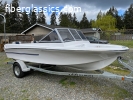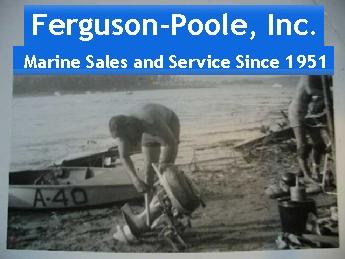polyester resin bonds poorly in a secondary (mechanical) bonding situation which consequently makes epoxy resin the resin of choice for repairs
gelcoat does bond to a properly cured and prepared epoxy surface. There are a couple issues to be aware of to have success making this repair. There are three situations that cause gelcoat to not cure over epoxy all related to the hardener chemistry. Epoxy hardeners are basically a blend of amines and amines can terminate the chain reaction formation of the radical molecule that is the basis of polyester (and vinylester)
cure chemistry. So by carefully mixing, curing, and preparing of the epoxy so that there are no unreacted amines to interfere with the gelcoat cure, gelcoat bonds quite well to epoxy.
The first situation is undercured epoxy. Gelcoat applied to undercured epoxy will be in contact with unreacted amines and the cure will be halted.
The second situation is if the epoxy is mixed off ratio so that it is hardener rich, again leaving unreacted amines free to interfere. Third is the issue of amine blush, commonly called blush. Blush is a surface phenomena that is a reaction of the amine molecules at the surface with the carbon dioxide in the air. It forms easiest in the presence of moisture, so working in cool, humid environments will maximize the formation of blush. Any amine hardener has the potential to blush, but it can be minimized by careful choices of amines in the formulation. In fact, WEST SYSTEM 207 Special coating hardener is one of the lowest blushing hardeners on the market and still maintains structural properties on par with our other hardeners. Regardless of chemistry blush is very easily dealt with because it is water soluble. A simple wash with clear water removes the blush. No soap, no solvents. Then sand that washed surface with 80 grit paper to provide the gelcoat with sufficient key so it won't run. Be sure to use non-air inhibited gelcoat that has a paraffin wax added. Gelcoat is applied over epoxy on a routine basis everyday in boatyards that are aware of these issues.
















